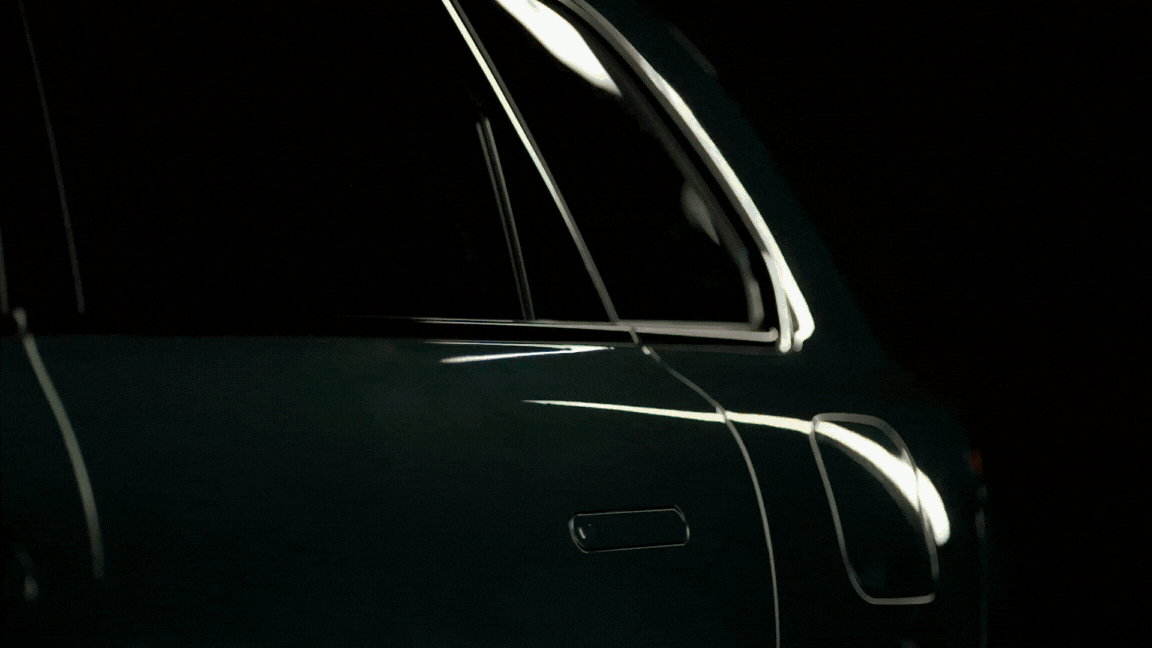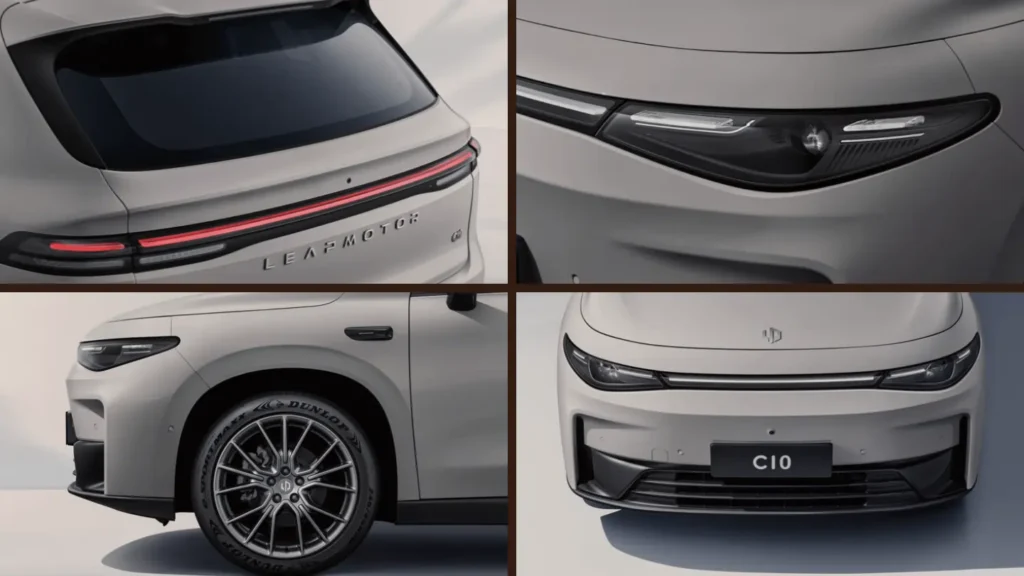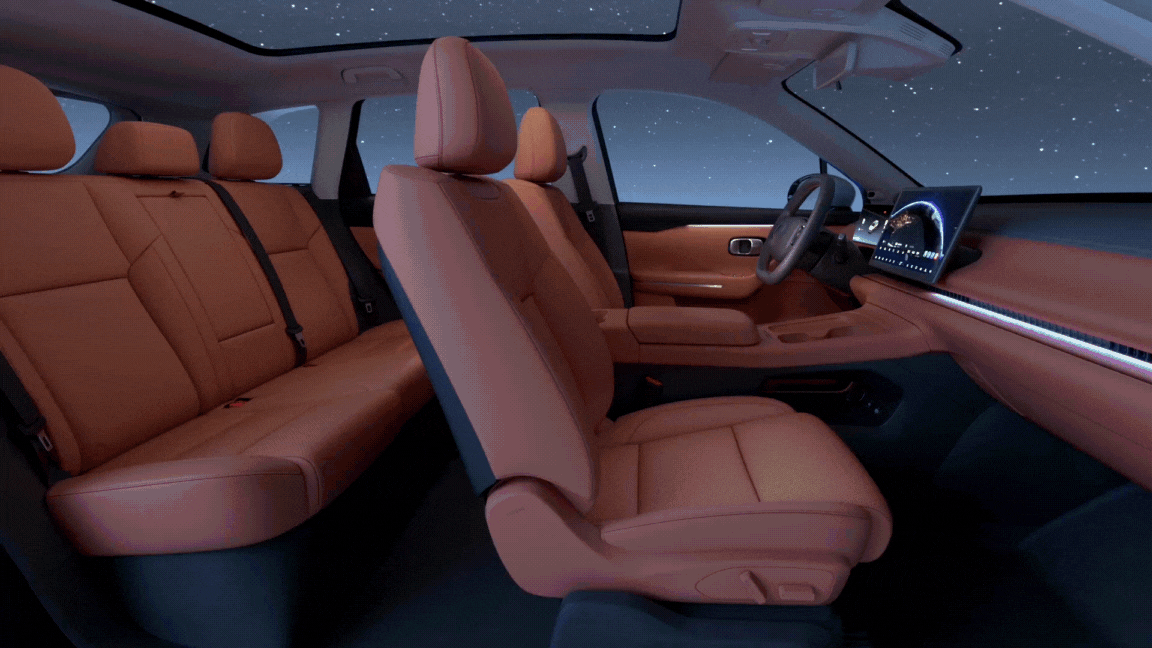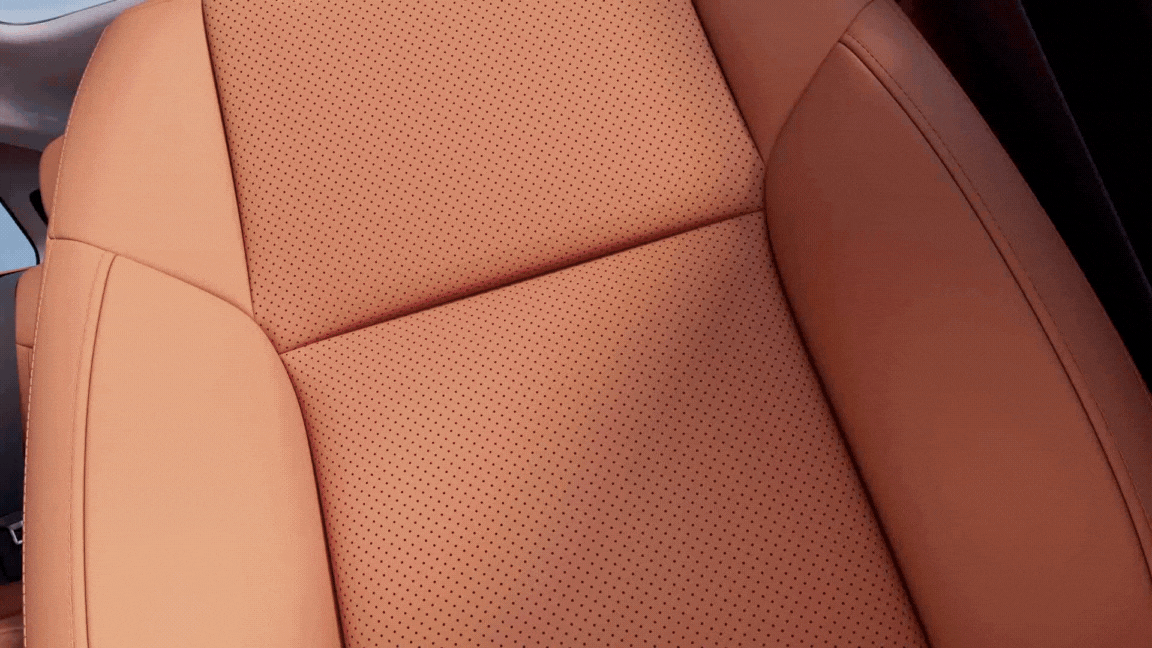Chinese electric vehicle brand Leapmotor has made key changes to its driver assistance systems in response to feedback from Australian customers and media following the local launch of its C10 electric SUV.
The Leapmotor C10, which debuted in Australia in November 2024, was praised for its design and safety features, achieving a five-star ANCAP rating. However, many early owners found the vehicle’s advanced driver assistance systems (ADAS) too aggressive, with persistent chimes and frequent alerts affecting the driving experience.

Customer concerns spark software tweaks
In response, Leapmotor has introduced a series of over-the-air (OTA) software updates aimed at improving usability. These changes include the ability to switch off certain ADAS features more easily, thanks to a new quick-access menu introduced earlier this year.
Speaking at a recent media briefing, Leapmotor Australia Managing Director Andy Hoang said the company continues to monitor customer feedback closely.
“The sensitivity of the ADAS has been one of the things that we continually work on,” Hoang said.

Updates have already been rolled out
The most recent OTA update was delivered in February 2025, with another round of refinements scheduled for August. These updates aim to better align the vehicle’s software with local driving conditions and expectations.
Leapmotor says it is committed to ongoing improvements, using feedback from both media and customers to shape future enhancements.

Safety features remain a priority
Despite softening the experience, Leapmotor has not reduced the safety credentials of the Leapmotor C10. All variants of the SUV continue to include a comprehensive suite of driver-assist features as standard:
- Adaptive cruise control
- Autonomous emergency braking
- Lane-keep assist and lane centring
- Emergency lane-keep assist
- Driver attention monitoring
- Rear cross-traffic assist
- Safe exit warning

Leapmotor has now taken a localised approach
Leapmotor’s willingness to adapt to local market demands is seen as a positive step for the relatively new brand in Australia. By addressing issues head-on, the company aims to build trust with its early customers and improve its standing in a competitive EV landscape.
“Customers are not backwards in suggesting to us the things they would like to see on the car,” Hoang added. “And those are the things that we’re trying to feed into the plan for the future.”

Comments
New Comment